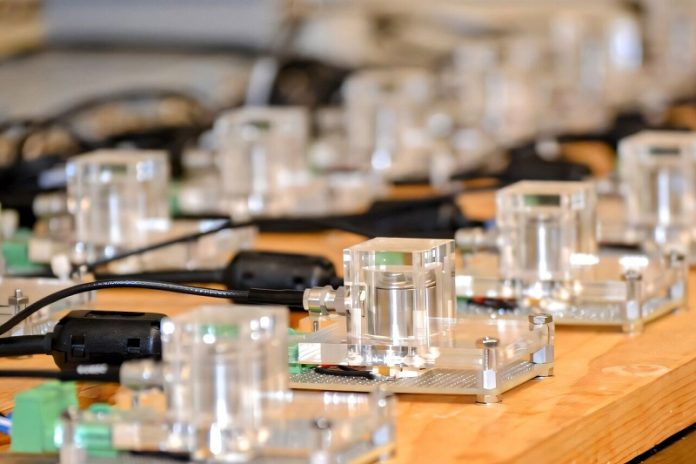
Before a battery dies, loses power suddenly, or even catches fire, it doesn’t stay completely silent.
It makes tiny, faint sounds—like whispers—that reveal what’s happening deep inside.
Until now, no one really knew how to decode these sounds or tell the difference between harmless background noise and real warning signs.
Researchers at MIT’s Department of Chemical Engineering have now cracked that code.
By carefully analyzing the sounds coming from lithium-ion batteries, they discovered that certain sound patterns match specific types of damage inside the cells.
Their findings, published in the journal Joule, could make it possible to build simple, inexpensive devices that “listen” to batteries and warn us about problems long before they become dangerous.
Professor Martin Z. Bazant, who co-led the study, says, “We were able to classify the sounds as coming from gas bubbles produced by side reactions, or from fractures caused by the material expanding and contracting. Even in noisy data, we can now find those signals.”
Graduate student Yash Samantaray adds that the beauty of this method is that it works while the battery is in normal use.
“It’s a non-destructive way to see what’s going on inside,” he explains. Current tools for peeking inside batteries are expensive and not practical for everyday systems like electric cars or home energy storage.
To uncover the sound–damage connection, the team charged and discharged batteries while recording both their electrical behavior and their acoustic emissions. They then compared the two sets of data and found clear links.
For example, when certain gases formed or when battery materials cracked, they could match those events to distinct sound signatures.
This is a big step forward compared to earlier approaches, which simply flagged when overall sound levels rose above a certain threshold. By aligning sound data with voltage and current, the MIT team could pinpoint not just when something happened, but what kind of internal process caused it.
They also applied a mathematical tool called a wavelet transform, which encodes both frequency and duration of sounds, making hidden patterns much easier to detect. Bazant calls this a breakthrough, noting that engineers already use acoustic monitoring to check bridges for cracks before they collapse.
The implications are wide-reaching.
Batteries are notoriously difficult to monitor from the outside, and small internal failures can lead to catastrophic breakdowns like thermal runaway—the chain reaction that sometimes causes fires.
In fact, in related work with Oak Ridge National Laboratory, the researchers showed that sound monitoring can give early warnings of runaway reactions, detecting gas generation well before things heat up.
The team is now working with Tata Motors to design a practical monitoring system for electric vehicles.
Beyond safety, the technology could also help in battery manufacturing, where companies struggle with “formation cycling,” the slow and expensive break-in process. By listening for the right sound cues, manufacturers could quickly separate good cells from faulty ones, saving time and cost.
In the future, these battery whispers may become one of the simplest and most powerful tools we have to keep devices, cars, and energy grids safe.



